Double vision: a Miami home blurs the boundaries between urban and wild living
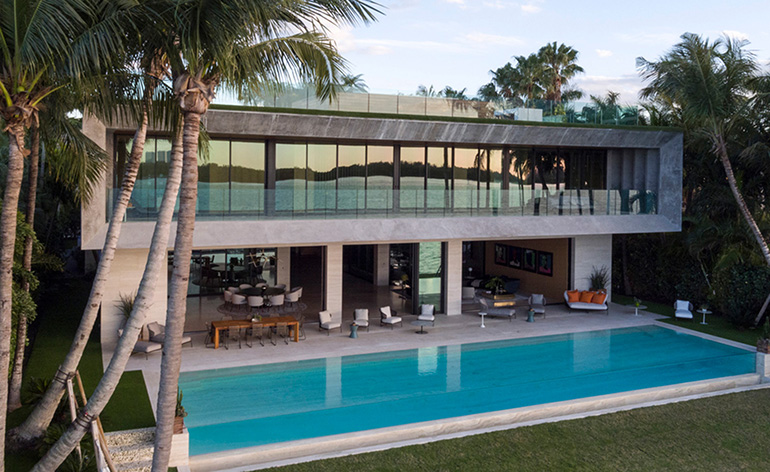
When Shlomy Alexander and his son Oren bought the last vacant lot in Bal Harbour, an exclusive neighbourhood just north of Miami Beach, in 2012, they knew they wanted to create something that was both spectacular and comfortable. The site was unique in that it appears to bridge two worlds – the front faces some of the most prized real estate in the United States, while the back looks out over Biscayne Bay and the primitive mangrove wilderness of Oleta River State Park. Gaze out at sunset and pelicans and dolphins may well show up, completely unperturbed by the city nearby.
The Alexanders wanted to build a home that embraced the duality of Miami’s subtropical setting, both its growing urbanity and its natural beauty. They approached architect Chad Oppenheim, who had also designed his own waterfront Miami home. ‘I’ve learned a lot by living in a house that I designed,’ he says. ‘You have to create the most incredible space possible.
'It’s about feeling, and feeling is timeless. It’s not about fad or trend or a cool material that everyone’s using.’ Oppenheim’s feel-driven ethos has resulted in a tropical modernist gem informed by both Japanese and classical tropes. An open-air ground floor blurs the boundaries of indoor and outdoor, while an elegant, wide rectangular frame forms the second floor, creating panoramic views. Such frames are a common theme in the architect’s work. ‘I’ve been playing around with these forms for ages, ever since I was in architecture school,’ says Oppenheim. ‘These boxes came from Donald Judd’s sculptures, the way they framed nature. The frame makes you focus on what’s there, as it would with a painting. And the Japanese played with sliding panels and framing views of nature, so these are the principles we use.’
The first thing you see when you enter the front door is an unobstructed view straight through to the bay. The next thing you notice is an Alexander Calder mobile turning slow gyres in the sea breeze. From there, the home opens up into room-vignettes that feel separate, but are visually connected to the rest of the house, and the water. The first floor experience really shines, though, when you retract the glass walls. ‘The idea is that the walls of the house begin to disappear and all you’re left with is the landscape,’ says lead project architect Kevin McMorris.
With the walls gone, room-size gardens jut into the space, creating a notion of Spanish courtyards draped with palm fronds. ‘You’re in constant conversation with the outside, with the view. That was the initial charge and thought for the house,’ says McMorris. Upstairs, the master bedroom’s 75ft window constantly connects you with the water rolling in on the tide.
Oppenheim designed the home to be made almost entirely of three materials: American oak, which forms walls, ceilings, doors, cabinetry and floating staircases; Roman travertine, which runs from the entrance all the way through the house to the bottom of the glass-walled swimming pool; and glass, much of which is retractable. ‘Sometimes I feel that I’m not skilled enough to use more than a few materials,’ jokes Oppenheim. ‘I like to use noble materials, things that show themselves and their natural characteristics.’ He notes that he and the Alexanders worked hard to get the right tactile matte finishes throughout, unusual in Miami, a town with lots of shiny white homes. ‘We try to create a limited palette – neutrals let you focus on what’s in the frame,’ he says.
‘In a way it’s as classical as it is modern. There are courtyards, there are loggias, the power of the symmetry,’ continues Oppenheim. ‘These things are comforting to me.’ And comfort was a goal from the start, as the house is intended as a real home, a retreat, not a trophy space for events. ‘I try to avoid labels,’ he says. ‘But I guess in a way it’s the notion of romantic minimalism – romantic in that it’s designed for pleasure. It’s not architecture for the sake of architecture. It’s architecture that just celebrates the beauty of a place.’
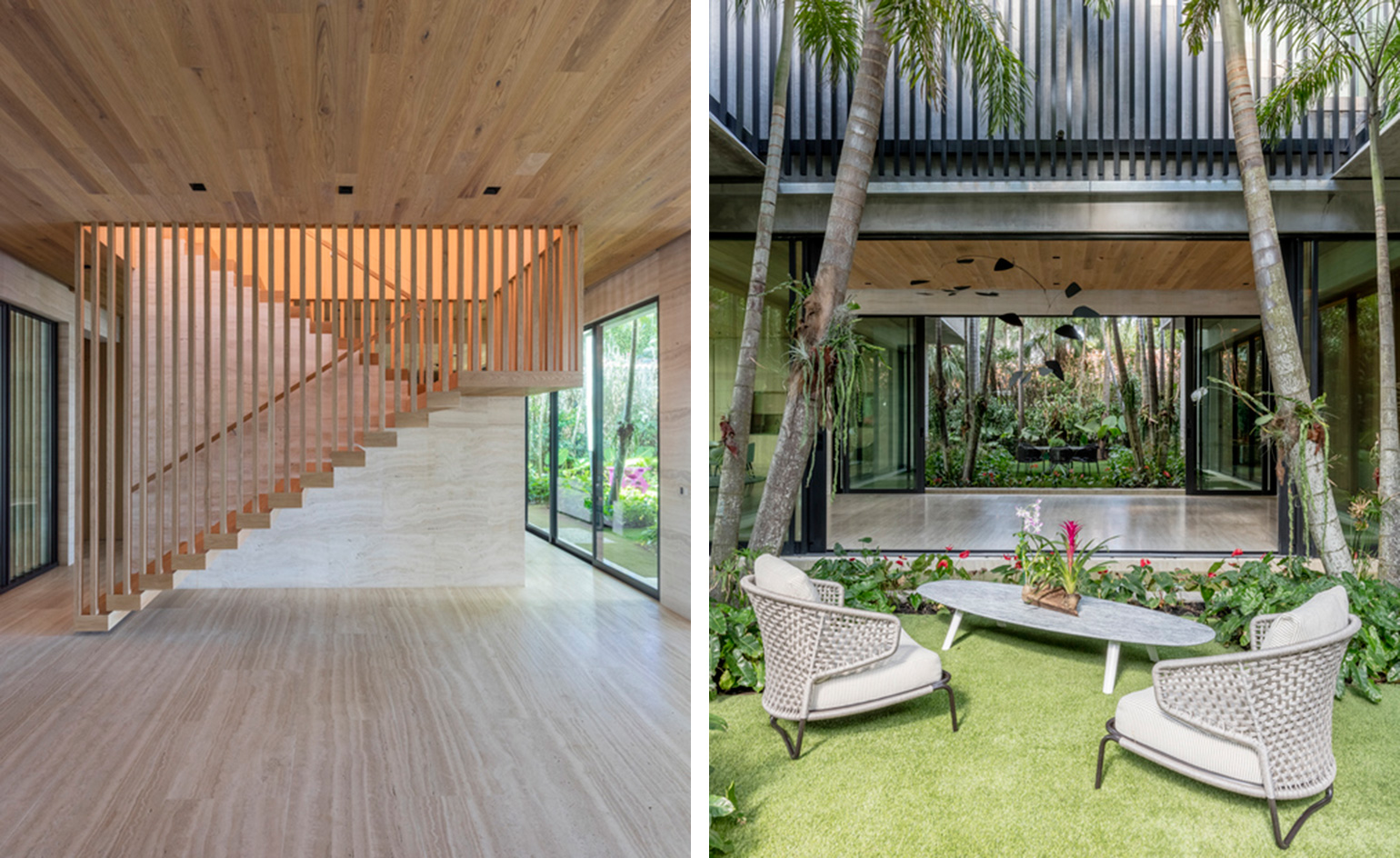
Pictured left: the open-air ground floor blurs the boundaries of indoor and outdoor. Right: two room-sized gardens jut into the ground floor living space, while in the connecting walkway hangs a mobile by Alexander Calder
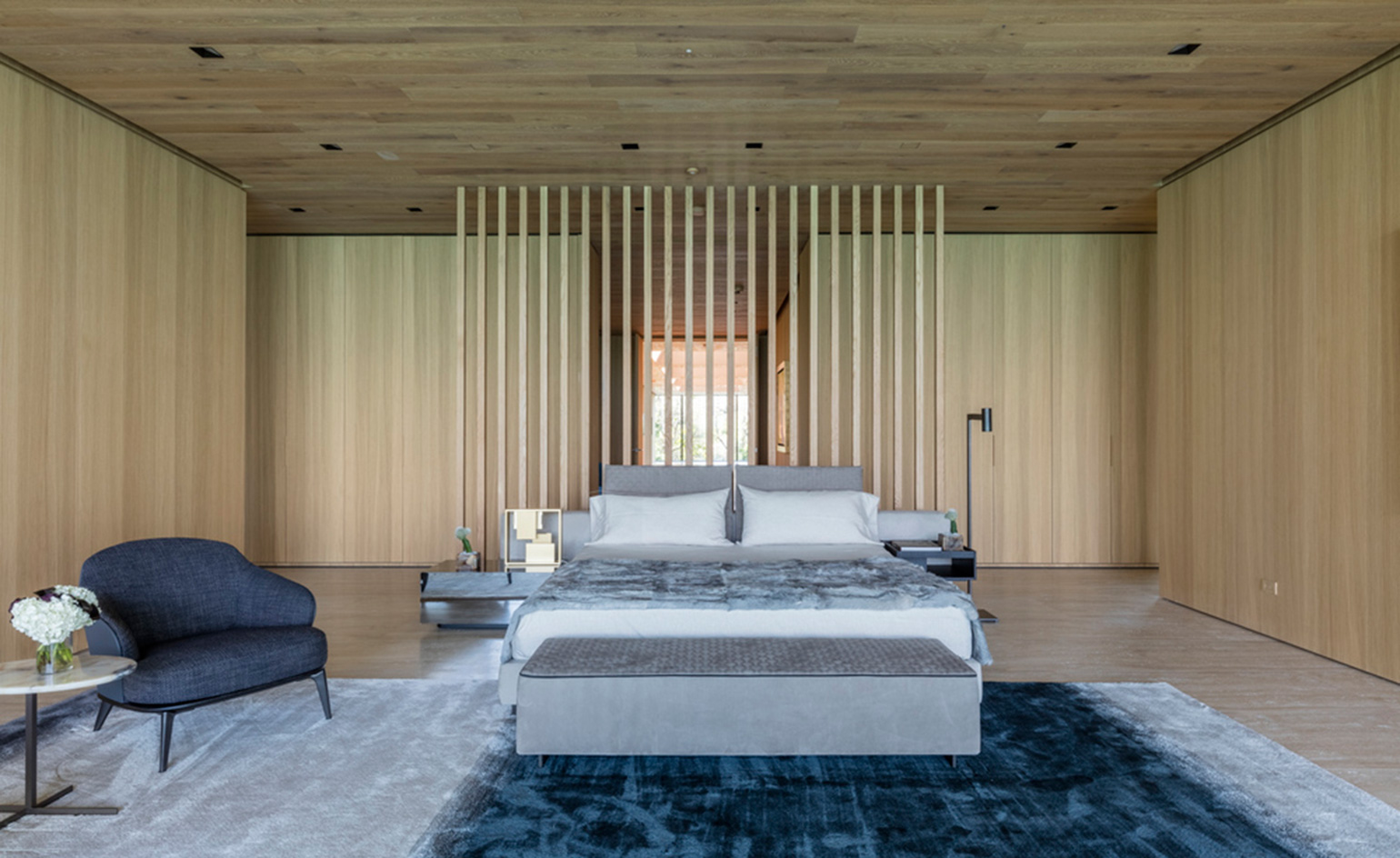
Oppenheim designed the home to be made almost entirely of three materials: Roman travertine, glass and American oak. The latter, seen here in the master bedroom, clads walls and ceilings throughout the property
INFORMATION
For more information, visit Oppenheim Architecture’s website
Wallpaper* Newsletter
Receive our daily digest of inspiration, escapism and design stories from around the world direct to your inbox.
-
 The bespoke Jaguar E-Type GTO melds elements from every era of the classic sports car
The bespoke Jaguar E-Type GTO melds elements from every era of the classic sports carECD Automotive Design’s one-off commission caters to a client who wanted to combine the greatest hits of Jaguar’s E-Type along with modern conveniences and more power
-
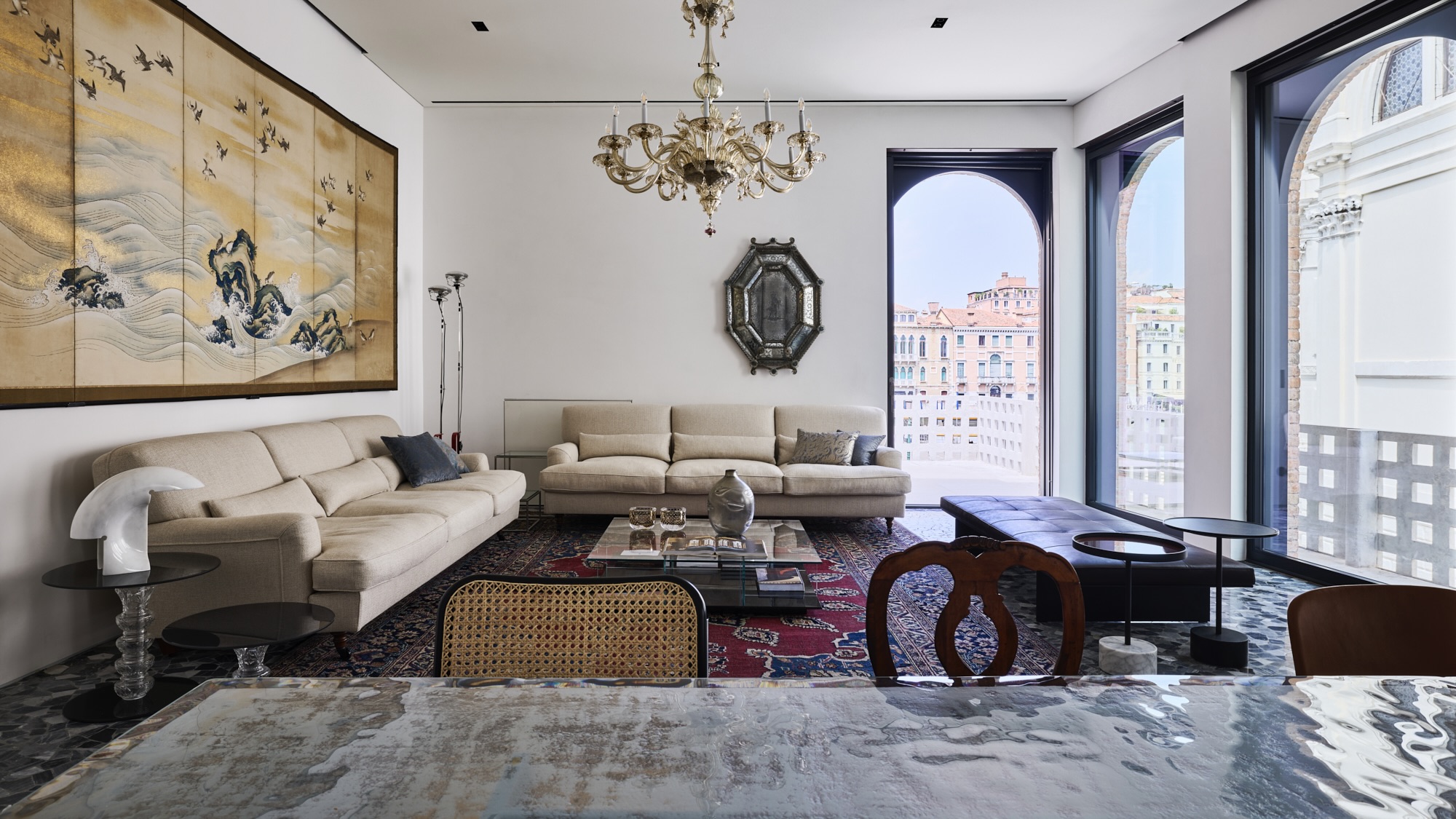 Casa Sanlorenzo debuts in Venice as a new hub for contemporary art
Casa Sanlorenzo debuts in Venice as a new hub for contemporary artThe luxury yachting leader unveils a stunning new space in a palazzo restored by Piero Lissoni – where art, innovation, and sustainability come together
-
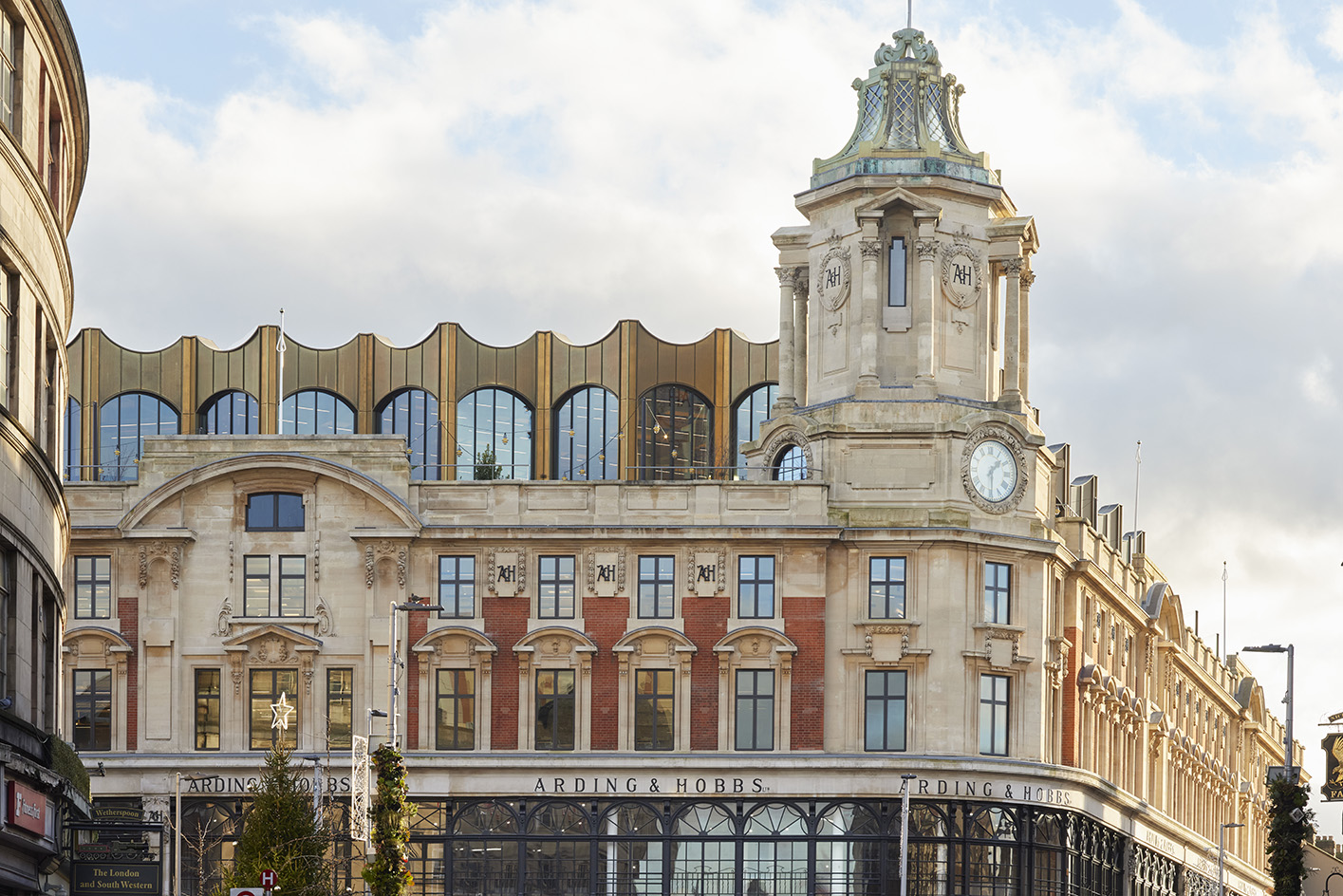 Once vacant, London's grand department stores are getting a new lease on life
Once vacant, London's grand department stores are getting a new lease on lifeThanks to imaginative redevelopment, these historic landmarks are being rebonr as residences, offices, gyms and restaurants. Here's what's behind the trend
-
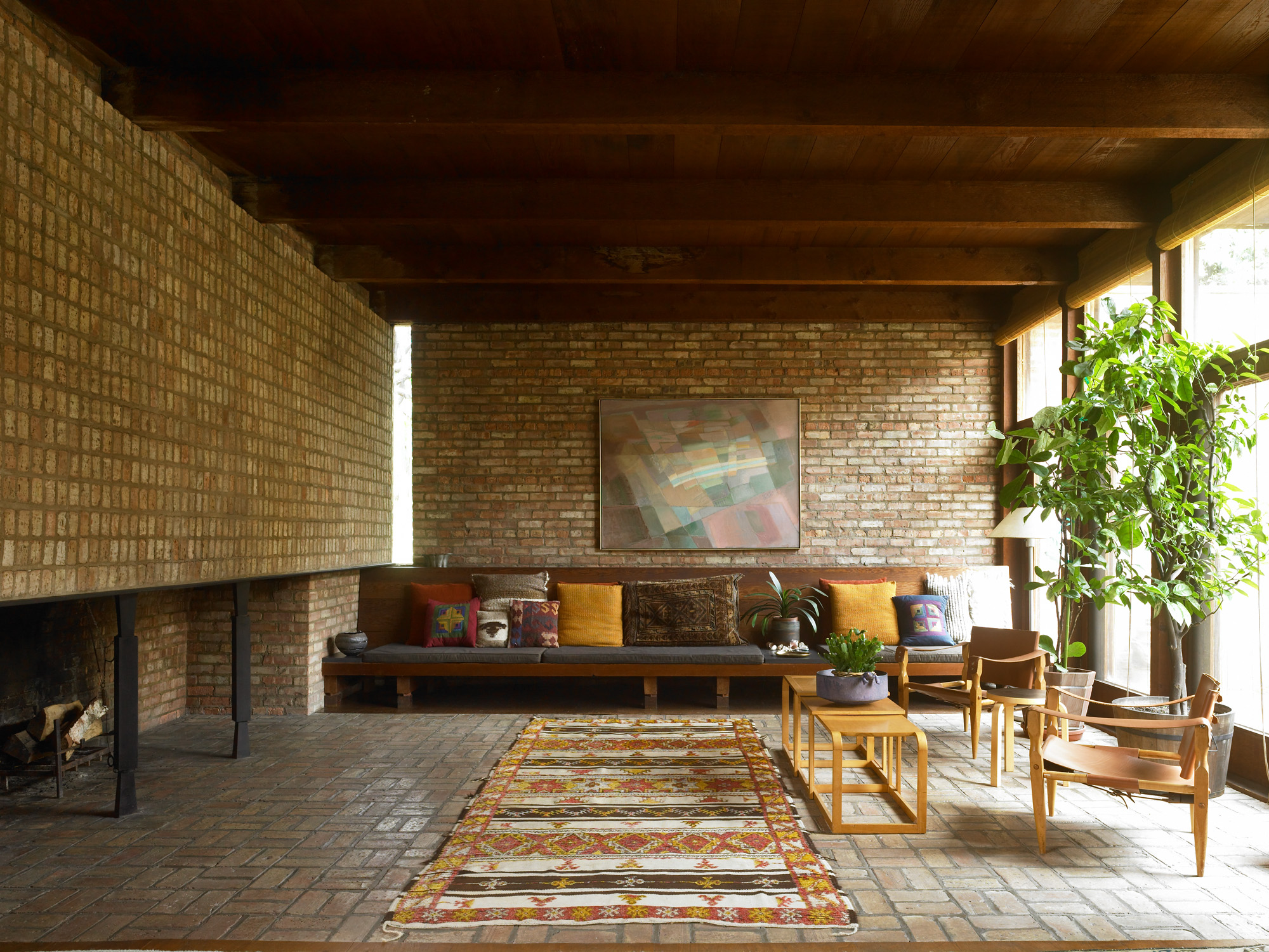 Tour architect Paul Schweikher’s house, a Chicago midcentury masterpiece
Tour architect Paul Schweikher’s house, a Chicago midcentury masterpieceNow hidden in the Chicago suburbs, architect Paul Schweikher's former home and studio is an understated midcentury masterpiece; we explore it, revisiting a story from the Wallpaper* archives, first published in April 2009
-
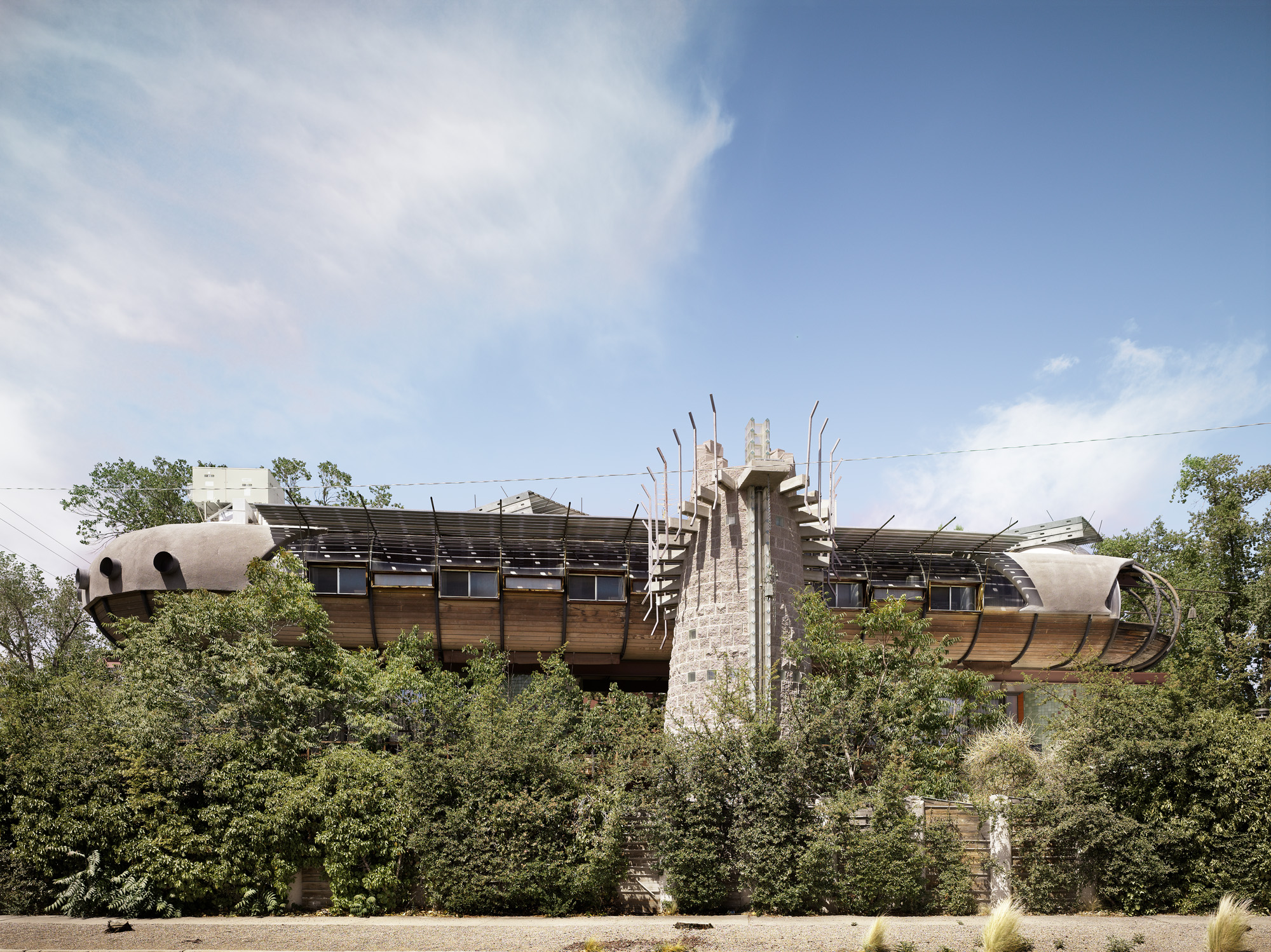 The world of Bart Prince, where architecture is born from the inside out
The world of Bart Prince, where architecture is born from the inside outFor the Albuquerque architect Bart Prince, function trumps form, and all building starts from the inside out; we revisit a profile from the Wallpaper* archive, first published in April 2009
-
 Is embracing nature the key to a more fire-resilient Los Angeles? These landscape architects think so
Is embracing nature the key to a more fire-resilient Los Angeles? These landscape architects think soFor some, an executive order issued by California governor Gavin Newsom does little to address the complexities of living within an urban-wildland interface
-
 Hop on this Fire Island Pines tour, marking Pride Month and the start of the summer
Hop on this Fire Island Pines tour, marking Pride Month and the start of the summerA Fire Island Pines tour through the work of architecture studio BOND is hosted by The American Institute of Architects New York in celebration of Pride Month; join the fun
-
 A Laurel Canyon house shows off its midcentury architecture bones
A Laurel Canyon house shows off its midcentury architecture bonesWe step inside a refreshed modernist Laurel Canyon house, the family home of Annie Ritz and Daniel Rabin of And And And Studio
-
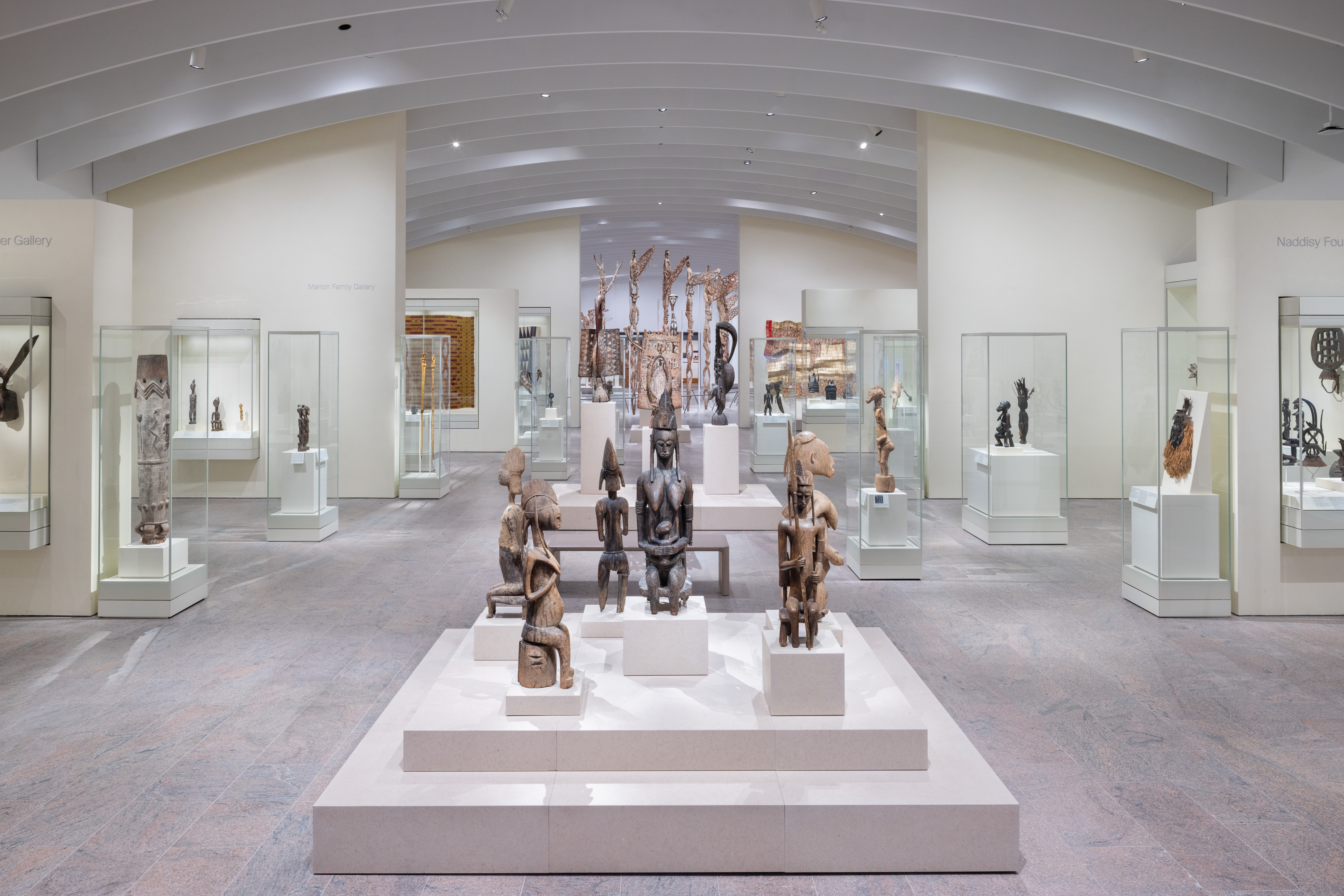 A refreshed Rockefeller Wing reopens with a bang at The Met in New York
A refreshed Rockefeller Wing reopens with a bang at The Met in New YorkThe Met's Michael C Rockefeller Wing gets a refresh by Kulapat Yantrasast's WHY Architecture, bringing light, air and impact to the galleries devoted to arts from Africa, Oceania and the Ancient Americas
-
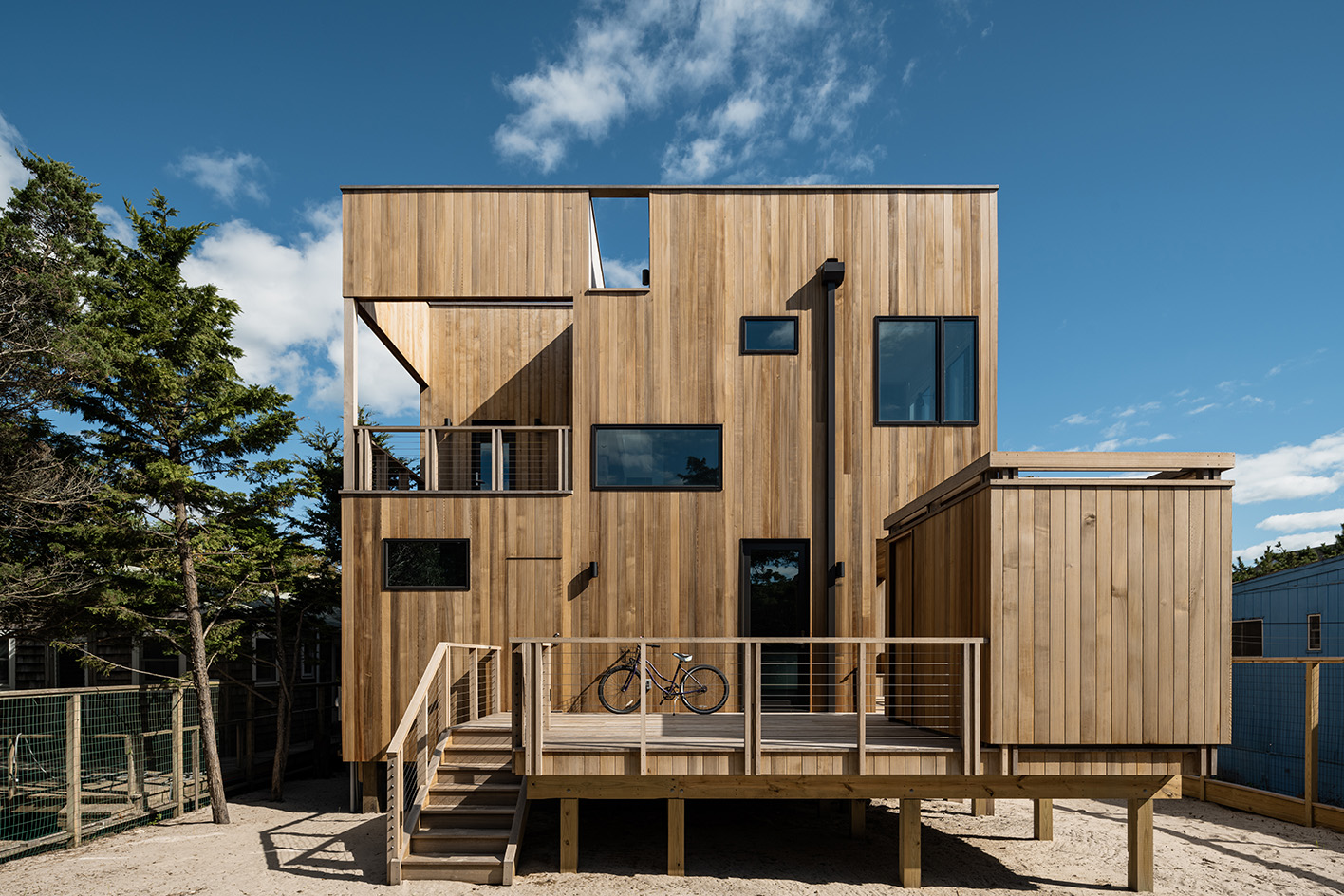 A Fire Island house for two sisters reimagines the beach home typology
A Fire Island house for two sisters reimagines the beach home typologyCoughlin Scheel Architects’ Fire Island house is an exploration of an extended family retreat for the 21st century
-
 PlayLab opens its Los Angeles base, blending workspace, library and shop in a new interior
PlayLab opens its Los Angeles base, blending workspace, library and shop in a new interiorCreative studio PlayLab opens its Los Angeles workspace and reveals plans to also open its archive to the public for the first time, revealing a dedicated space full of pop treasures